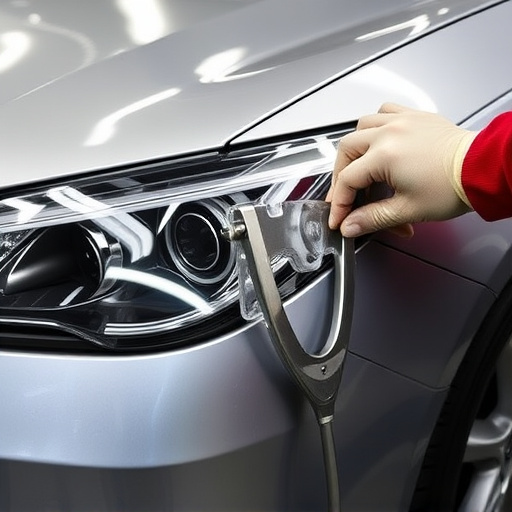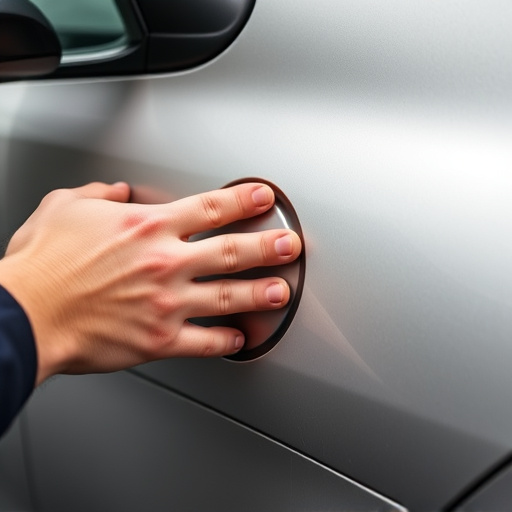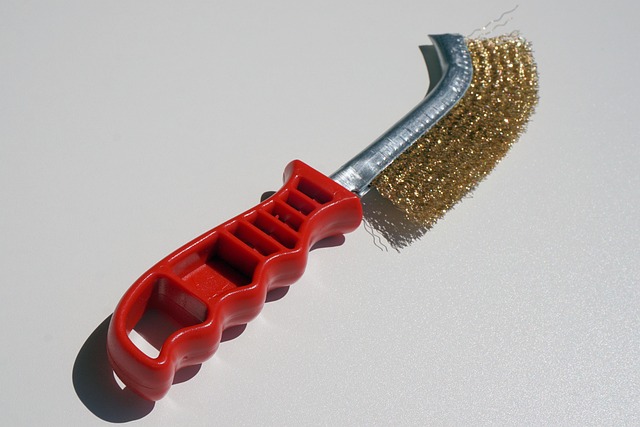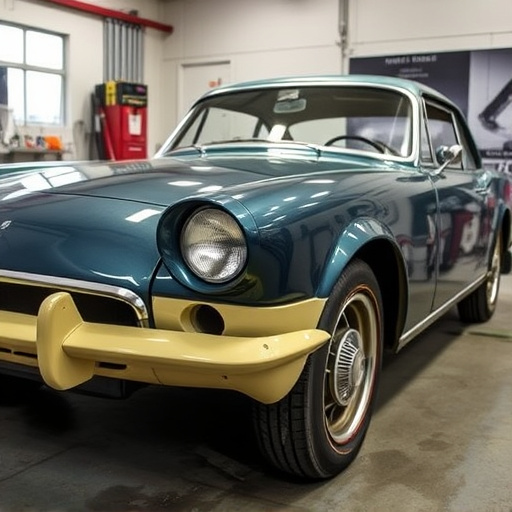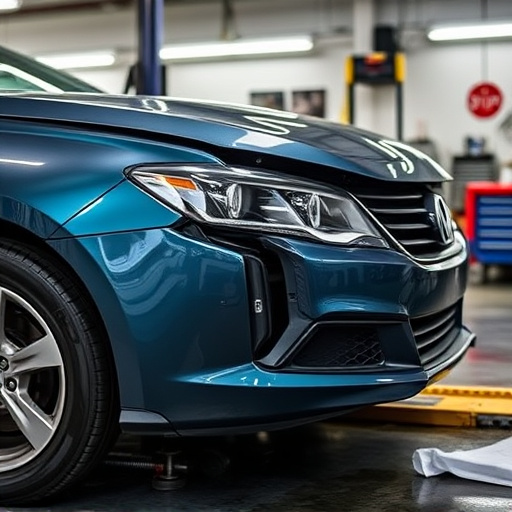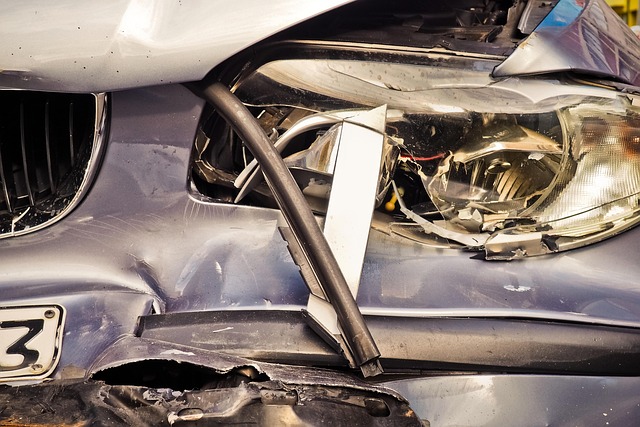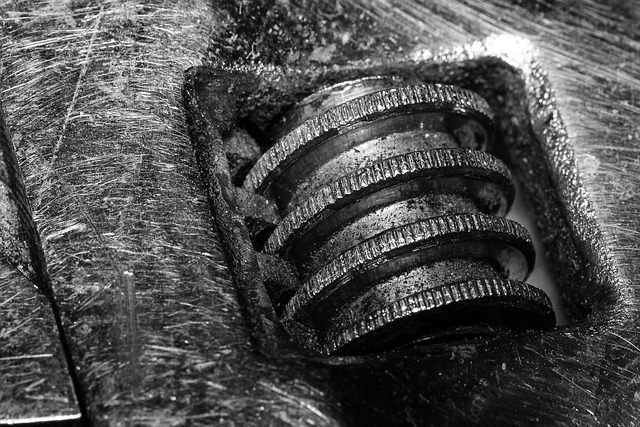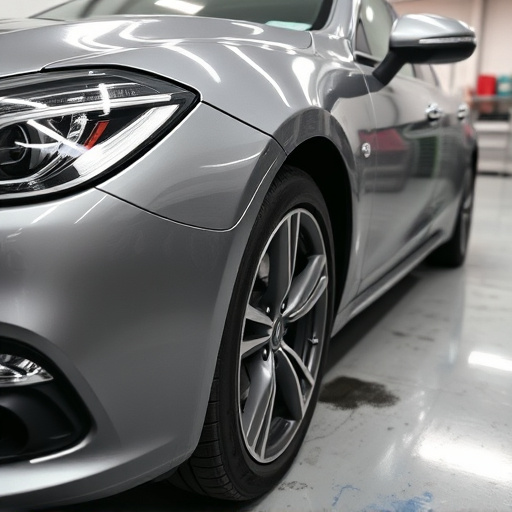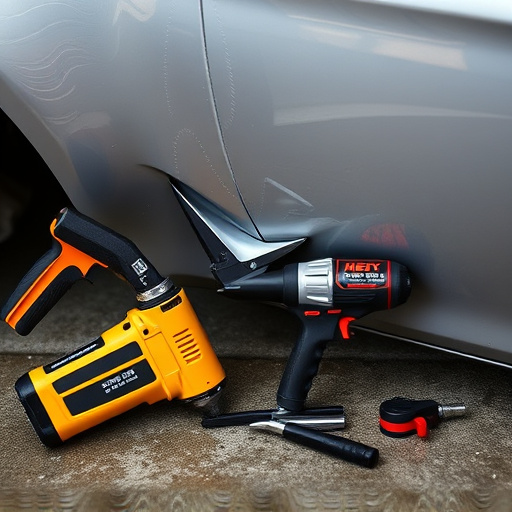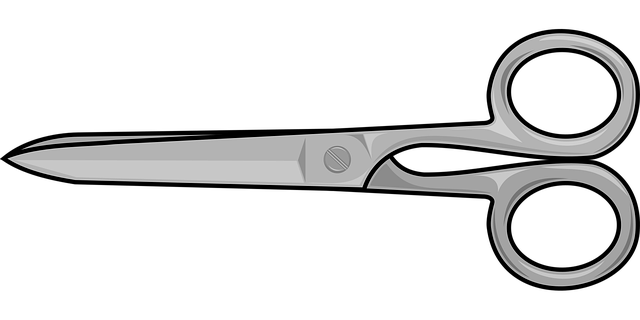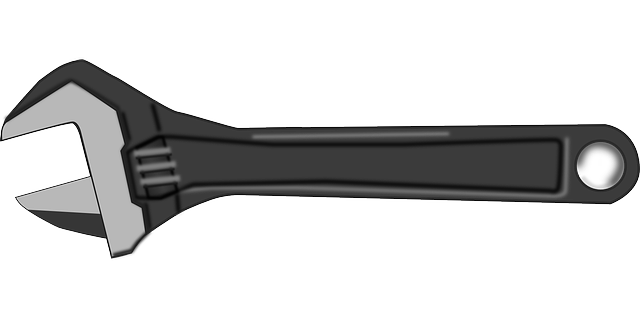Bumper cracks, from slight to severe, impact both appearance and safety. Prompt repair is key for cosmetic reasons and structural integrity, preventing further damage and ensuring safety features function optimally. Regular inspections are vital, considering even small cracks may indicate deeper issues. Professional repair techniques, including dent removal and frame straightening, are needed for severe cases, while regular maintenance addresses minor cracks and scratches to avoid extensive collision repairs.
Is your car’s bumper looking a bit worse for wear? Don’t ignore those cracks! This article is your guide to recognizing when your vehicle needs immediate bumper crack repair. We’ll walk you through identifying visible damage, from cosmetic concerns to severe cracks that could impact your car’s functionality and safety. Learn why timely intervention is crucial, as prompt repair can prevent cost escalation and ensure your peace of mind on the road.
- Identifying Visible Damage: Bumper Cracks
- – Understanding the extent of cosmetic damage
- – Types and severity of bumper cracks
Identifying Visible Damage: Bumper Cracks

When it comes to identifying visible damage on your vehicle, one of the most concerning signs is a bumper crack. Bumper cracks can range from small, hairline fractures to significant splits that compromise the structural integrity of your car’s front or rear bumper. These cracks not only affect the aesthetic appeal but also indicate potential safety hazards. If you notice any cracks or severe dents in your bumper, it’s crucial to prioritize immediate action.
Prompt bumper crack repair is essential not just for cosmetic reasons, but also for maintaining the overall health of your vehicle. Ignoring these cracks can lead to more serious car damage and even affect the performance of safety features like impact absorbers. Moreover, depending on the severity, a damaged bumper might require professional dent removal or vehicle dent repair techniques to restore its original shape and protect you during future accidents.
– Understanding the extent of cosmetic damage

When evaluating the cosmetic damage to your car’s bumper, it’s crucial to assess more than just visible cracks. While significant breaks or chips may be readily apparent, smaller fissures can also indicate a need for bumper crack repair. These seemingly insignificant cracks can grow over time, compromising the structural integrity of the bumper and potentially leading to more severe damage during future collisions.
A thorough inspection should also consider the overall appearance and condition of the bumper. Even if there are no visible cracks, minor imperfections like dents or scratches could be signs that a paintless dent repair might be necessary alongside your bumper crack repair. Regular auto maintenance includes keeping an eye on these details, as addressing them promptly can prevent more extensive and costly collision repair down the line.
– Types and severity of bumper cracks

Bumper cracks can vary greatly in type and severity, each requiring a different level of attention and bumper crack repair. From small hairline fractures to deep, wide splits, these damages don’t always affect the car’s structural integrity but can significantly impact its aesthetic appeal and safety features. Minor cracks might be merely cosmetic, affecting the car’s overall look, while more severe cracks could indicate underlying damage to the car’s bodywork or even the frame, necessitating professional automotive repair and frame straightening services.
If your car displays any signs of bumper cracks, it’s crucial to address them promptly through effective bumper crack repair. Ignoring these issues can lead to more severe damage and potential safety hazards. Regularly inspecting your vehicle and staying informed about the different types of bumper cracks will enable you to make timely decisions for its upkeep. Don’t let cosmetic concerns escalate; take action now to ensure a smooth, safe, and aesthetically pleasing drive.
